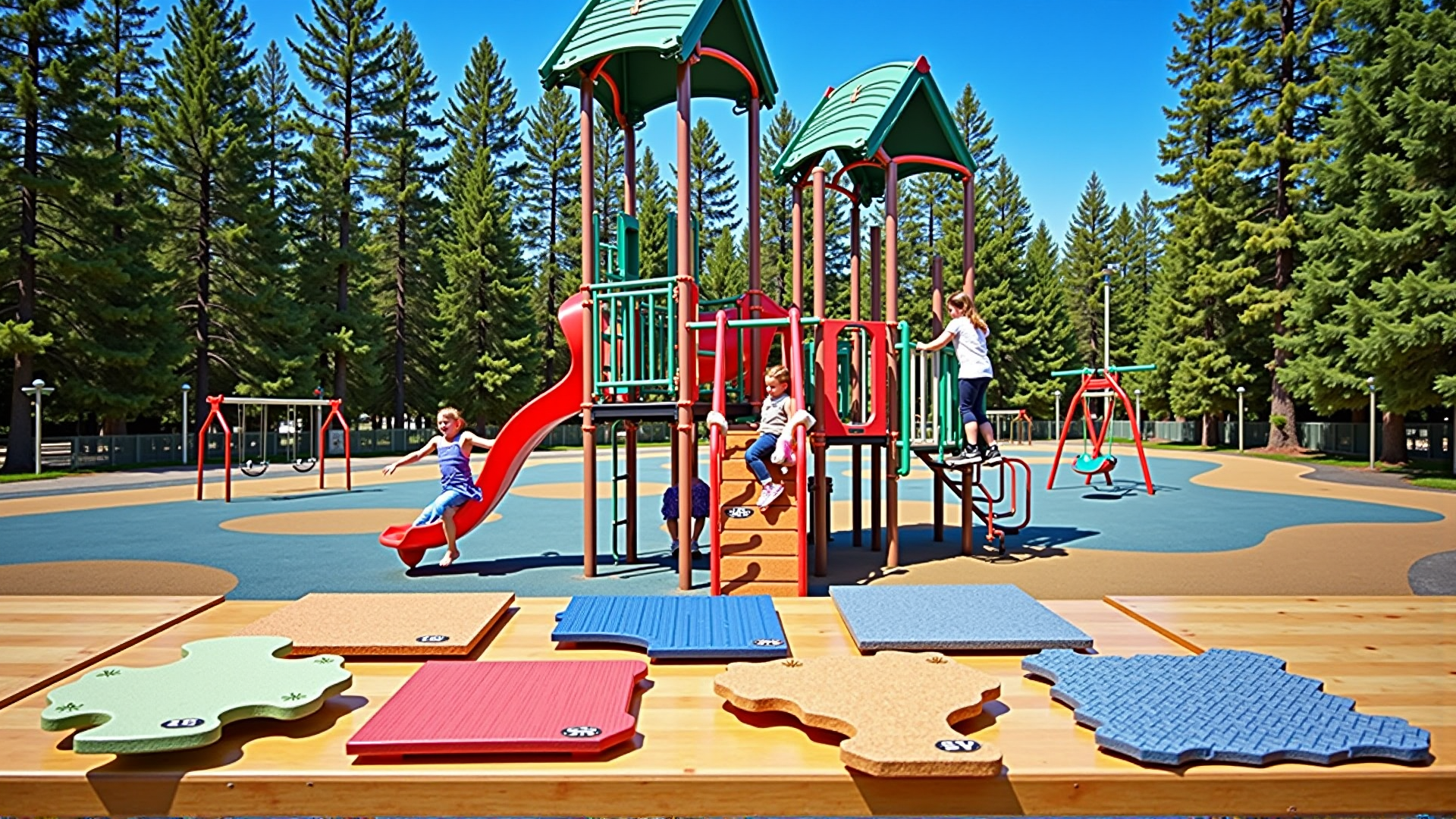In recent years, playgrounds have undergone a significant transformation, drifting away from traditional metal slides and wooden swings to embrace innovative materials and cutting-edge technologies. Today's playgrounds not only offer enhanced safety and durability but also prioritize environmental sustainability and sensory enrichment. This article explores the latest materials and innovations that are shaping the future of playgrounds.
Recycled and Sustainable Materials
One of the most notable trends in modern playground construction is the use of recycled and environmentally friendly materials. Recycled plastics, for instance, have become a popular choice for playground equipment. These plastics are durable, colorful, and require less maintenance than traditional materials. By transforming waste into vibrant play structures, manufacturers are reducing their carbon footprint and promoting a circular economy.
Additionally, rubber from recycled tires is increasingly used for playground surfaces. These rubber mats are highly valued for their shock-absorbing properties, which help reduce injuries from falls. The surface also offers excellent drainage, ensuring that play areas remain usable even after heavy rain. Besides, rubber playgrounds contribute to noise reduction, an added benefit for populated urban areas.
Engineered Timber
While traditional wood has aesthetic appeal, it suffers from weathering and decay. Modern playgrounds are shifting towards engineered timber or plastic-coated wood, which resists rot and insect infestations while maintaining the natural look and feel. Engineered timber is robust and can endure various weather conditions, making it highly suitable for outdoor applications.
Smart Playgrounds
Incorporating technology into playgrounds is an innovative trend that adds an educational and interactive dimension to play. Smart playgrounds are equipped with sensors and internet connectivity, allowing them to interact with children through interactive panels and audio guides. This technology can engage children’s curiosity and encourage problem-solving, making playtime both fun and educational.
Moreover, smart playgrounds can offer real-time monitoring to ensure safety. They can detect unauthorized access or equipment malfunctions and notify maintenance teams promptly. Such integrations ensure that playgrounds remain safe and well-maintained.
Natural Playgrounds
A shift towards natural playgrounds highlights a return to nature. These playgrounds are designed with natural elements like trees, sand, and water features, encouraging children to explore and connect with the environment. Natural playgrounds promote imaginative play, stimulate children's senses, and provide endless possibilities for learning.
Using local materials like stones, logs, or native plants not only enhances the environmental sustainability of these spaces but also supports local ecosystems. These designs offer a platform for children to learn about biodiversity and the importance of preserving their natural surroundings.
Modular Playground Systems
Modular playground systems allow for scalability and adaptability, meaning playgrounds can easily be expanded or modified over time to accommodate growing communities or changing needs. These systems often use lightweight and durable materials, which reduce the time and cost associated with installation and reconfiguration.
Modules can include climbing walls, sensory panels, and even spaces designed for community events. The versatility of modular systems offers unparalleled flexibility, encouraging inclusive play for children of all abilities.
Conclusion
The evolution of playground materials and design reflects a growing awareness of safety, durability, and environmental sustainability. By embracing new materials such as recycled plastics, engineered timber, and rubber surfaces, modern playgrounds are setting new standards in safety and maintenance. Integrating technology and natural elements enriches the play experience, fostering learning and imagination.
The future of playgrounds lies in their ability to meld these elements seamlessly, creating environments where children can explore, learn, and grow safely and sustainably. As we continue to innovate, playgrounds will no doubt become ever more integral to the physical and cognitive development of future generations.
